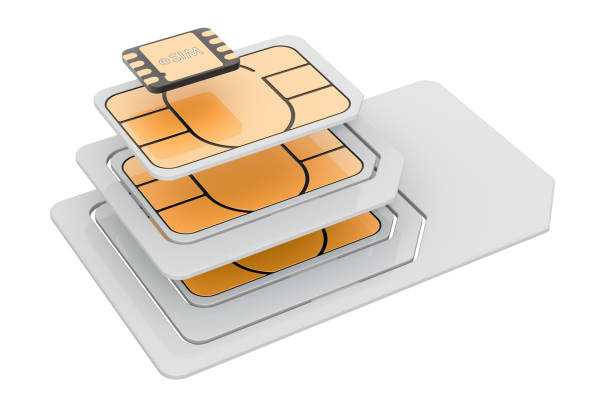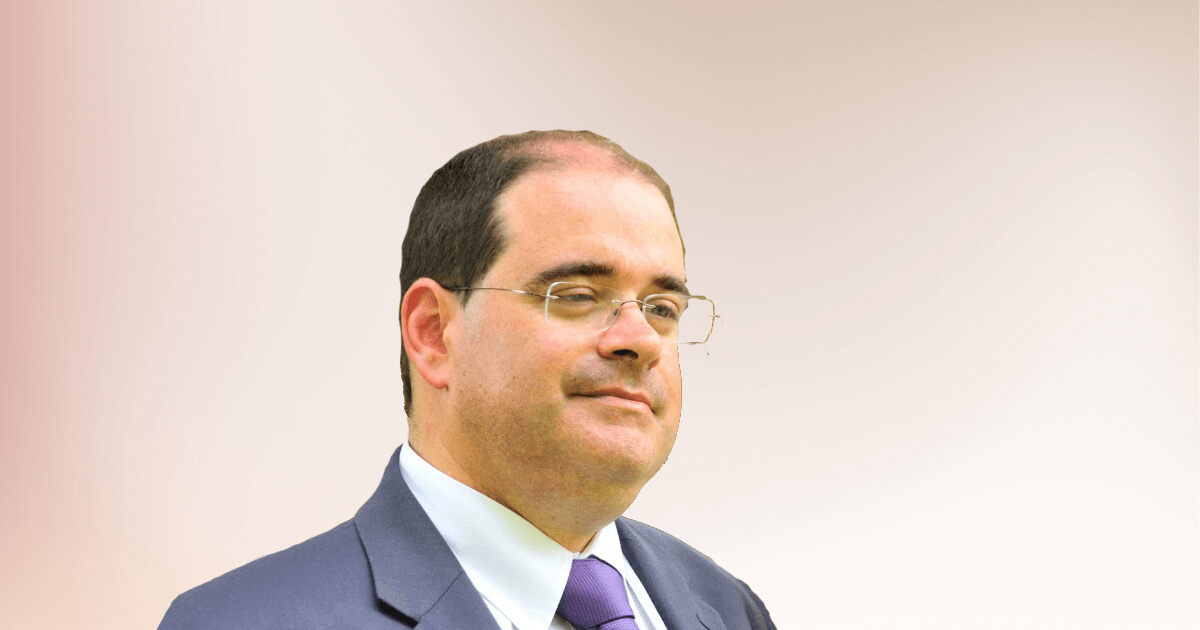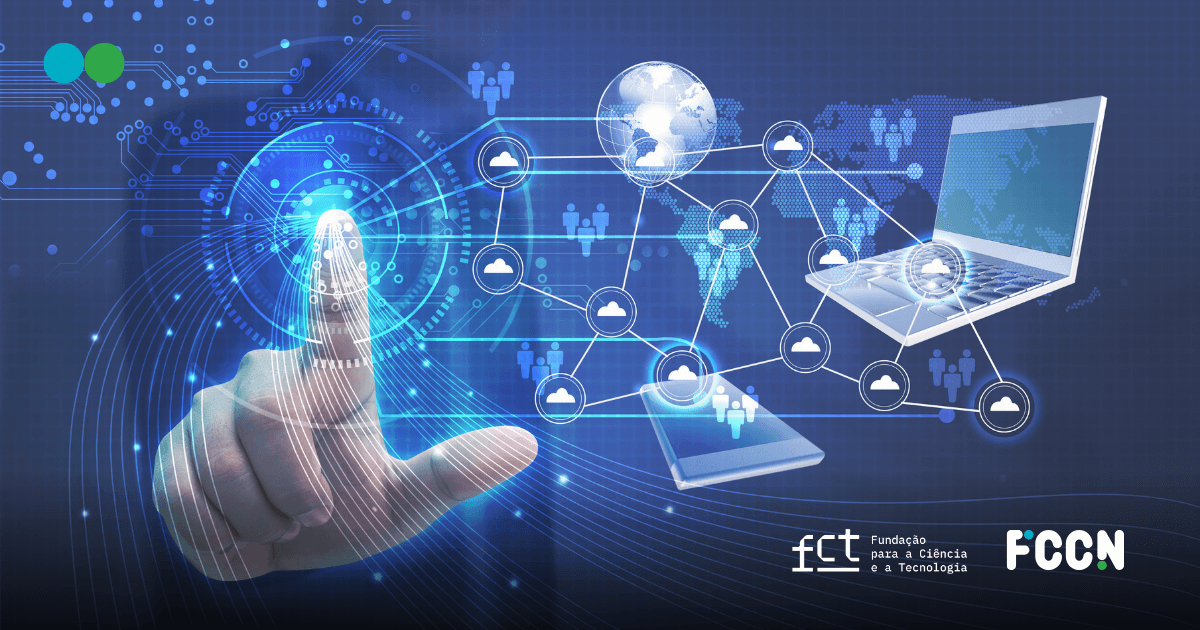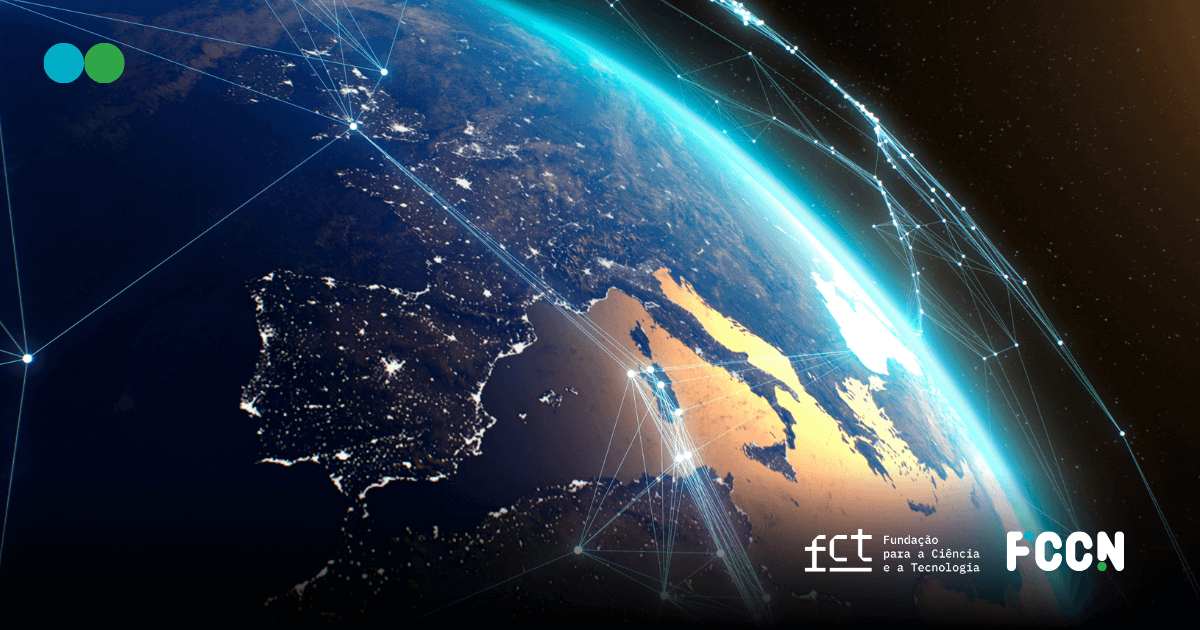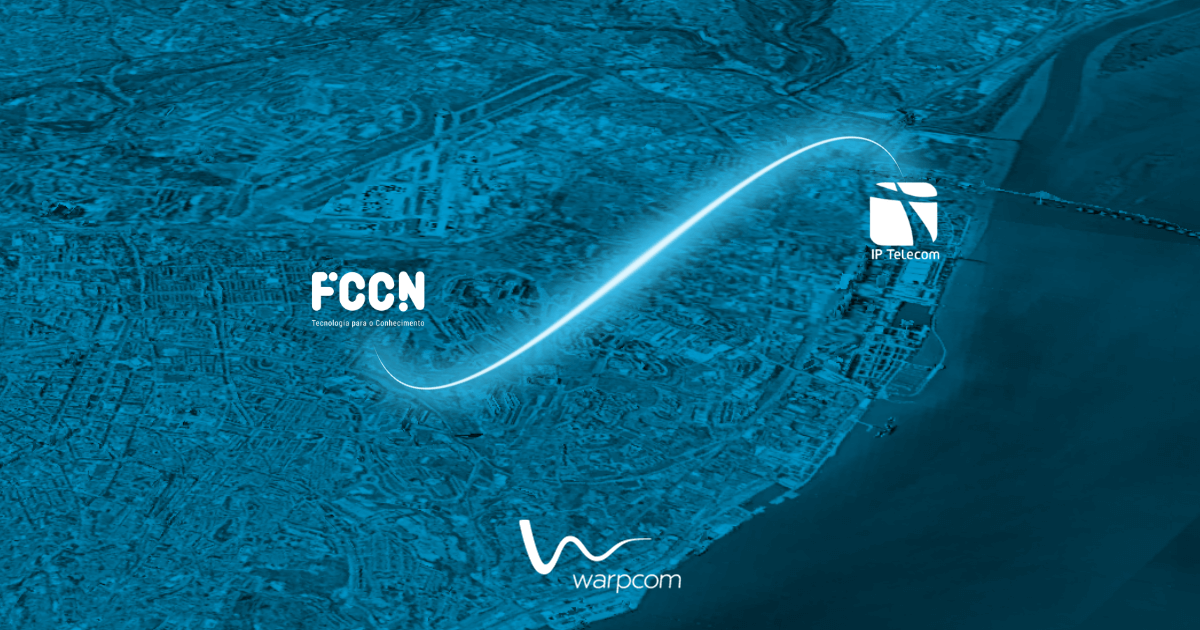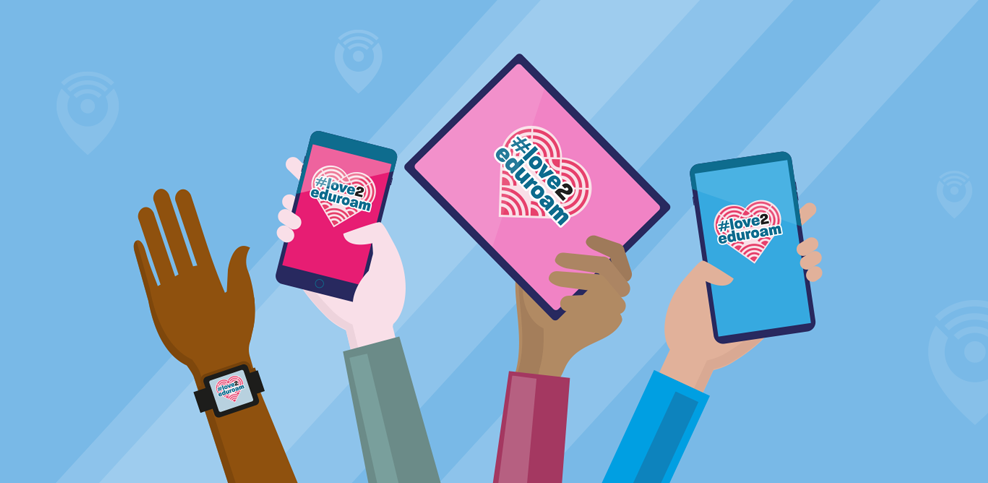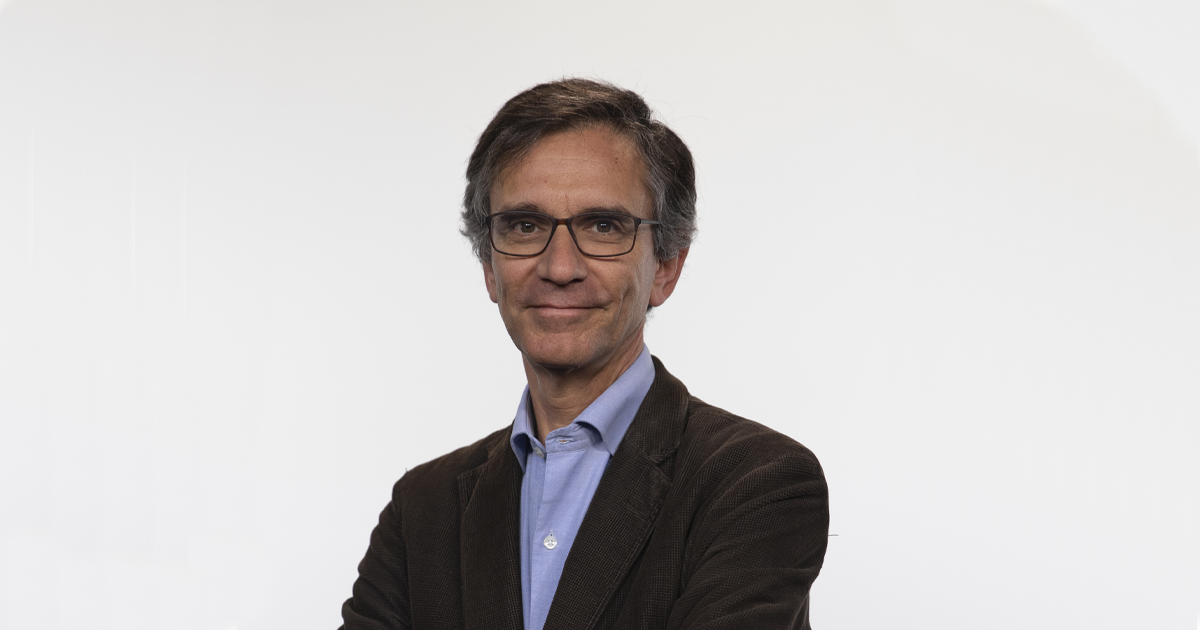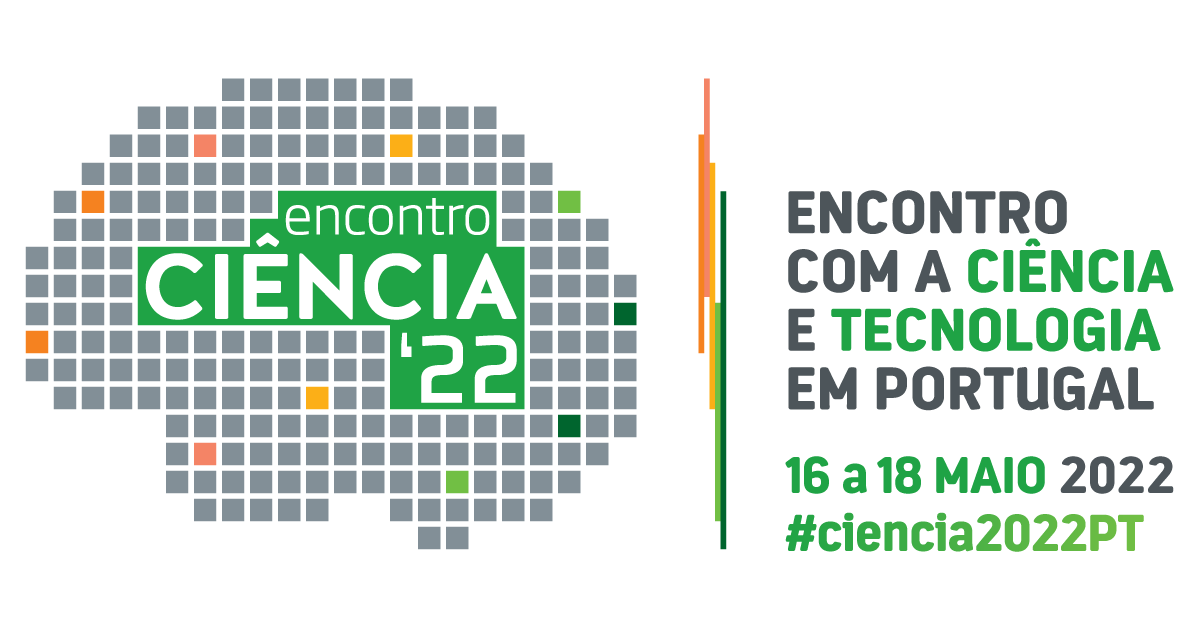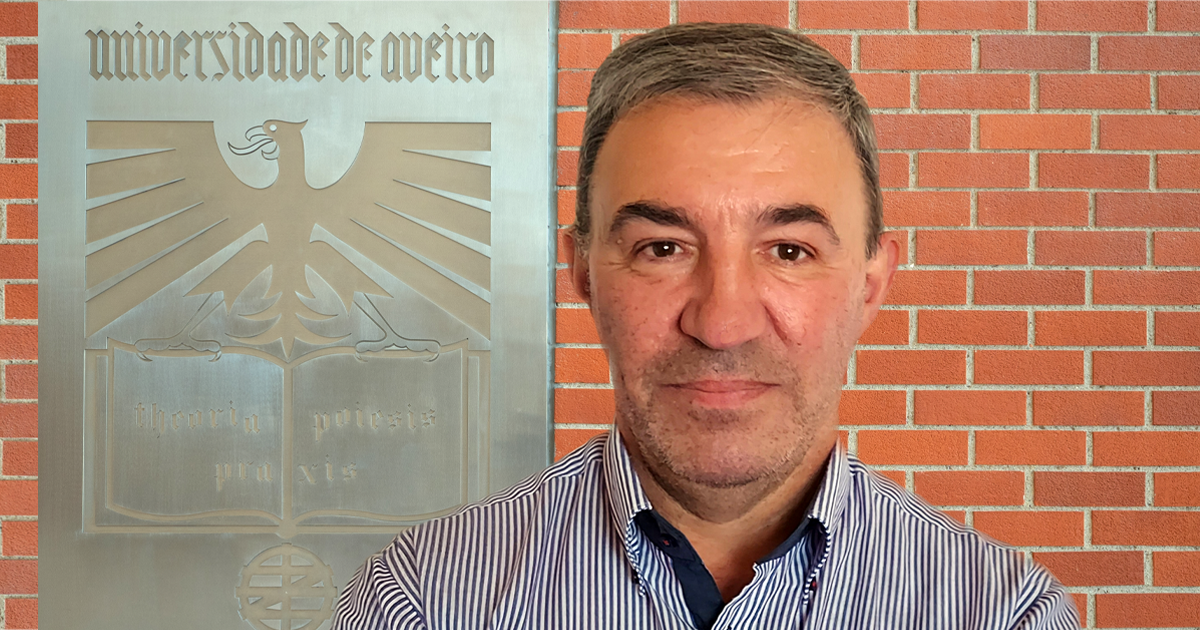
Fernando Cozinheiro foi um dos elementos da equipa que, em 1991, trabalhou as primeiras ligações em Portugal à Internet. 30 anos depois, leia as palavras de quem viveu a experiência em primeira mão.
Em outubro assinalam-se 30 anos passados sobre a ligação de Portugal à Internet. Pode descrever-nos o papel da Unidade FCCN (então Fundação para o Desenvolvimento dos Meios Nacionais de Cálculo Científico) neste processo?
O surgimento da FCCN, no final de 1986, deveu-se à concertação das vontades de diversas instituições: a Junta Nacional de Investigação Científica e Tecnológica (JNICT); o Laboratório Nacional de Engenharia Civil (LNEC); o Instituto Nacional de Investigação Científica (INIC); e o Conselho de Reitores das Universidades Portuguesas (CRUP). Tinham como objetivo principal, entre outros, a disponibilização de meios de computação científica, de alto desempenho, cruciais para o desenvolvimento de várias atividades de investigação científica. O próprio nome da Fundação, aliás, atesta esse objetivo.
Entendeu-se então que, face aos custos de aquisição e à exigência de recursos humanos especializados, para a adequada exploração dos sistemas de computação, entre outras razões, seria recomendável a existência de um nó central, a que todas as entidades associadas pudessem aceder. Acabou por ser instalado no campus do LNEC, onde também estava sediada a FCCN.
Nasce assim a denominada RCCN (Rede de Cálculo Científico Nacional), suportada tecnicamente por ligações X25, que, pouco depois, no decurso de 1990, passaram a ser suportadas por TCP/IP sobre X25, abrindo assim a possibilidade à utilização de algumas aplicações comuns, tais como TELNET e FTP, utilizadas vulgarmente em redes locais. Estavam criadas as condições, também, para a utilização do serviço de correio eletrónico e o estabelecimento do serviço de DNS a nível nacional.
O TCP/IP, recordo, foi desenvolvido no início da década de 1970 por Vint Cerf e Robert Kahn, Veio a ser adotado como padrão em 1983, mantendo-se, desde então e até hoje, como base de funcionamento da Internet. Foi descrito no artigo intitulado “A Protocol for Packet Network Internetworking”, da autoria de ambos, publicado em 1974. Aí, pela primeira vez, foi usado o termo Internet. Assegura a interoperabilidade e interconexão de redes diversas de computadores.
Ainda em 1990, sob a liderança de José Legatheaux Martins (Universidade de Lisboa), com a participação de cerca de uma dúzia de membros de outras instituições de ensino e/ou investigação nacionais e com o apoio da FCCN, representada por Vasco Freitas (Universidade do Minho), foi constituído o grupo de trabalho “Forum-IP”. As iniciativas desenvolvidas vieram a concretizar a ligação de Portugal à Internet no outono de 1991.
Essa facilidade estava, então, restrita a um reduzido número de instituições: as universidades do Minho, Porto, Aveiro e Coimbra, o Instituto Superior Técnico, o Laboratório Nacional de Engenharia Civil e as Faculdades de Ciências da Universidade de Lisboa e da Universidade Nova de Lisboa.
A velocidade e a estabilidade das ligações disponibilizadas pela FCCN, em nada comparáveis às que se nos oferecem nos dias hoje, fizeram com que Portugal conseguisse acompanhar, de muito perto, as evoluções dos países europeus, pese embora a localização periférica de Portugal e a exiguidade (ou mesmo inexistência) de infraestruturas de rede.
A um ritmo de execução tendencialmente crescente, com o patrocínio da FCCN, presidida por Pedro Veiga (Universidade de Lisboa) entre 1997 e 2012, foi-se multiplicando o número de instituições interligadas e a diversidade dos serviços disponibilizados.
Merecem destaque as iniciativas de interligação, em Portugal, de redes nacionais (GigaPIX, 1995), Internet na Escola (RCTS, 1997), os serviços de cibersegurança (CERT, 2002), o acesso Internet, generalizado, por wifi (eduroam, 2003), a interligação das bibliotecas e dos serviços de biblioteca em rede (B-On, 2004), e, mais recentemente, a disponibilização de infraestruturas de suporte ao Ensino à Distância (Colibri e EduCast, 2009), mas também a gestão do domínio PT (DNS, 1991), o serviço de voz sobre IP (VoIP, 2005), a partilha de dados (FileSender, 2013).
Tal como no passado, a FCCN continuará, por certo, a acompanhar ativamente os desenvolvimentos tecnológicos de vanguarda, prestando os seus contributos e servindo (bem) a comunidade RCTS.
Enquanto elemento da equipa que executou o projeto de ligação de Portugal à Internet, o que nos pode contar sobre esse tempo e essa experiência?
Conclui a minha licenciatura em 1986, na Universidade de Aveiro, em Engenharia Eletrónica e Telecomunicações. Pouco antes, ainda no decurso do meu derradeiro ano curricular, comecei a dar os primeiros passos na minha carreira profissional, lecionando num instituto de formação profissional.
No início de 1989, ingressei no então denominado “Centro de Informática” da Universidade de Aveiro, que, no final da década de ’90, como resultado do recurso crescente aos serviços de comunicação, passou a ser designado por “Centro de Informática e Comunicações”. Foi uma excelente oportunidade para assistir a todas as evoluções surgidas desde então e, na primeira pessoa, poder contar a história da Internet em Portugal.
Para o cidadão comum e para algumas instituições de vanguarda, então, começavam a dar-se os primeiros passos na disponibilização de computadores pessoais, mas também dos sistemas operativos que os integram (o Microsoft Windows, por exemplo) e das aplicações informáticas que hoje em dia fazem parte das nossas ferramentas essenciais.
No universo das instituições de ensino superior e de investigação, onde imperavam os sistemas UNIX, VMS e AOS/VS, entre outros, essa foi a altura dos ecrãs monocromáticos, com 25 linhas e 80 caracteres/linha, sem quaisquer capacidades gráficas. Efetivamente, as cores suportadas, se se podem chamar “cores”, únicas, apenas serviam para apresentar o texto (em branco, âmbar ou verde fósforo), sobre um fundo negro.
Os gráficos eram então desenhados com meia dúzia de caracteres (+, ×, o, |, – e poucos mais). Com algum esforço de visualização, pouco depois, começou a ser possível representar imagens mais elaboradas, também recorrendo a caracteres alfanuméricos, explorando a densidade e distribuição dos pixéis que os compunham, numa matriz, relembro, de 8×8 pixéis.
As comunicações remotas de então eram um privilégio de muito poucos, tal a complexidade e custos de utilização, sendo suportadas por modems que funcionavam a algumas, poucas, centenas de bits por segundo, tendo por destino os populares “Bolletin Board System’s” (BBS’s). Eram poucos os que em Portugal usavam o acesso, caro, a serviços comerciais, como a CompuServe, a então famosa BBS norte-americana. Também as BBS portuguesas tiveram o seu período áureo, desde a primeira instalada por um oculista de Lisboa em 1988 até às cerca de 3.000 registadas cinco anos depois.
No final de 1991, conforme já referi, Portugal ficou finalmente ligado à Internet, servindo apenas uns quantos utilizadores, membros de instituições de ensino superior e de investigação. A comunidade externa, no geral, ao tomar conhecimento da “riqueza” de conteúdos e serviços demonstrava crescente impaciência pelo acesso à Internet…
Como momento marcante, e uma vez mais sob o patrocínio da FCCN, a que se juntaram outras instituições na organização, nomeadamente o PUUG (Portuguese Unix Users Group), em 29 de março de 1994, no auditório do LNEC, teve lugar o seminário “Portugal na Internet”. Foi então que, pela primeira vez, o público, em geral, teve um contacto mais próximo com o assunto.
O evento despoletou a publicação de uma avalanche de artigos sobre a Internet e, pouco depois, o surgimento dos primeiros fornecedores privados de acesso à Internet (ISP’s, Internet Service Providers) em Portugal: a Esotérica (1994), a Telepac (1994) e a IP (1995).
Estavam assim criadas as condições para o público, fora de quaisquer contextos organizacionais, passar a poder aceder à Internet…
Durante as três décadas seguintes, assistimos a uma evolução exponencial da Internet e tecnologias de base. Era algo que antecipavam como o caminho a tomar no início da década de 1990? Era possível prever o seu impacto na sociedade?
Em 1990, Tim Berners-Lee, no CERN (Centro Europeu de Pesquisa Nuclear), lançou o primeiro browser, uma primeira ferramenta que, mesmo rudimentar, foi o primeiro passo para a universalização do acesso pelo cidadão comum aos serviços disponibilizados na Internet e o estabelecimento da denominada Web, uma “teia” de conteúdos acessíveis por hiperligações.
A facilidade proporcionada por essa ferramenta, porém, apenas acabou por começar a massificar-se em setembro de 1993, quando surgiu o NCSA Mosaic, que Marc Andreessen, no ano seguinte, lançou comercialmente como Netscape Navigator.
A combinação dos protocolos da Web, criados por Tim Berners-Lee, que proporcionou a integração de serviços e conteúdos distintos, e a disponibilização de browsers, que disponibilizaram interfaces de acesso simplificado, foram determinantes para o “boom” da Internet. Poderá mesmo afirmar-se que a Web fez pela Internet o que o Windows fez pelo computador pessoal. Com estes passos, determinantes, a Web passou de desconhecida, uma realidade de “académicos”, para absolutamente omnipresente, de acesso universal.
Nessa altura, eram tão poucos “sites” que era possível elencá-los numa lista de endereços, como foi feito em Portugal, na denominada “Home Page de Portugal” (hoje inativa), em listagens publicadas por revistas da “especialidade” (Cyber,Net, por exemplo) ou em motores de busca com estruturas de dados em diretório (Yahoo e SAPO, entre outros).
Entre 1995 e 2002, com António Guterres como primeiro-ministro, Mariano Gago foi ministro da Ciência e da Tecnologia, o primeiro titular de um cargo ministerial vocacionado exclusivamente para a área da ciência e da tecnologia, e dinamizou o desenvolvimento da “Sociedade da Informação”, com iniciativas como a ligação das escolas (e outras instituições públicas) à Internet, o que originou a renomeação da RCCN para RCTS (Rede da Ciência, Tecnologia e Sociedade), a criação de “Espaços Internet”, o Programa “Cidades Digitais”, e, numa segunda fase, o Programa “Regiões Digitais”.
Sucedeu-lhe Diogo Vasconcelos, na qualidade de presidente da Unidade de Missão Inovação e Conhecimento (UMIC), entre 2003 e 2005, que impulsionou vários projetos igualmente determinantes para a Internet em Portugal, como a Biblioteca do Conhecimento Online (bOn), a Iniciativa Nacional de Banda Larga ou o Portal do Cidadão.
Recuando um pouco, poderá dizer-se que, a partir de 1999/2000 tudo mudou em Portugal, em grande medida devido à liberalização do mercado das telecomunicações. O acesso também doixou, por essa altura, de se fazer exclusivamente via modem, passando a fazer-se por cabo ou ADSL, e, pouco depois, por ligações em fibra ótica e, mais recentemente, por tecnologias de comunicação móvel (2G / 3G / 4G / 5G).
A evolução exponencial das velocidades de acesso à Internet e das tecnologias de base era algo que, na verdade, se perspetivava quando se começaram a dar os primeiros passos, tal a apetência da comunidade, no geral, por novos conhecimentos, por novas experiências. Porém, então, era impossível antever o grande impacto que hoje se verifica, em tudo, não havendo sequer perspetivas de abrandamento. Bem pelo contrário!
De facto, a linha do tempo da história da Internet apresenta evoluções, tecnológicas ou comportamentais, contínuas e marcantes, que levaram a humanidade a transformar o seu estilo de vida e mudar para sempre hábitos e processos.
Sente que o mundo online se enquadra hoje, de forma global, nos objetivos e missão que preconizavam em 1991?
A Internet é, sem dúvida, uma das maiores “invenções” do século XX. Desde que surgiu, abriu as portas para novos desenvolvimentos tecnológicos, que continuam a verificar-se a um ritmo “galopante” até hoje, transformando o modo como vivemos e nos relacionamos.
Atualmente, viver sem a Internet é simplesmente impensável!
A Internet é um meio, omnipresente e acessível universalmente, que revolucionou o nosso modo de vida. Veja-se o que aconteceu com a mudança imposta pela pandemia que nos assola: ficámos retidos nas nossas moradas, de um dia para o outro, e, sem formação prévia, fomos obrigados a adotar novas formas de estar: trabalho à distância, ensino à distância, lazer e a confraternização à distância. A viver à distância!
Nos dias de hoje, porém, ninguém escapa ao quase desespero de ficar sem ligação à Internet, por tudo e por nada. Já é quase impossível imaginar viver sem uma ligação permanente, quanto mais não seja para ler as notícias do dia, para dar os parabéns aos amigos, para interagir com um cliente, para consultar a conta bancária ou para ver o cartaz dos filmes em exibição, mas também para assistir a um jogo de futebol, para acompanhar a série preferida de televisão, para fazer o download do último álbum do grupo musical preferido ou mesmo para fazer compras.
A Internet mudou radicalmente desde a sua origem. Já não se trata mais de um espaço onde e-mails são trocados e informações são armazenadas. De facto, nos dias de hoje, e cada vez mais, ela está em todos os objetos e lugares em que oferece valor, como nos mostra o surgimento da “Internet das Coisas”.
O lançamento do Google em 1997 foi um novo ponto de viragem na história da Internet, sobretudo no que concerne ao motor de busca, que proporciona acesso rápido e facilitado a uma infinidade de informações, graças aos seus algoritmos, sofisticadíssimos.
As redes sociais também foram outro acontecimento marcante. Embora não tenha sido o primeiro, o Facebook é o caso mais bem-sucedido de aplicação da Internet como meio de comunicação e informação, universal, capaz de fornecer acesso às notícias e de permitir que as pessoas se comuniquem em tempo real. A massificação da Internet, fez com que as empresas alterassem rapidamente os seus modelos de negócio e as técnicas de publicitação dos seus produtos e serviços, passando a utilizar a Internet como suporte à transação de operações comerciais.
Diria que a grande mudança não foi propriamente em termos de espírito e missão. A velocidade a que tudo aconteceu, mas também os serviços entretanto disponibilizados, esses sim, foram enormes surpresas. Se bem que o alargamento a toda a comunidade, por exemplo, fosse um dos objetivos em vista, estávamos longe de imaginar que o público evoluiria do papel de meros consumidores de informação e serviços para, no início do milénio, se assumirem como verdadeiros produtores: webdesigners, networkers, influencers, bloggers, youtubers, etc. Essa mudança de atitude, motivada pela disponibilização de ferramentas de apoio
Os objetivos e a missão preconizados em 1991 foram atingidos, superados… De facto, hoje em dia, quem não usa os serviços disponibilizados pela Internet?


